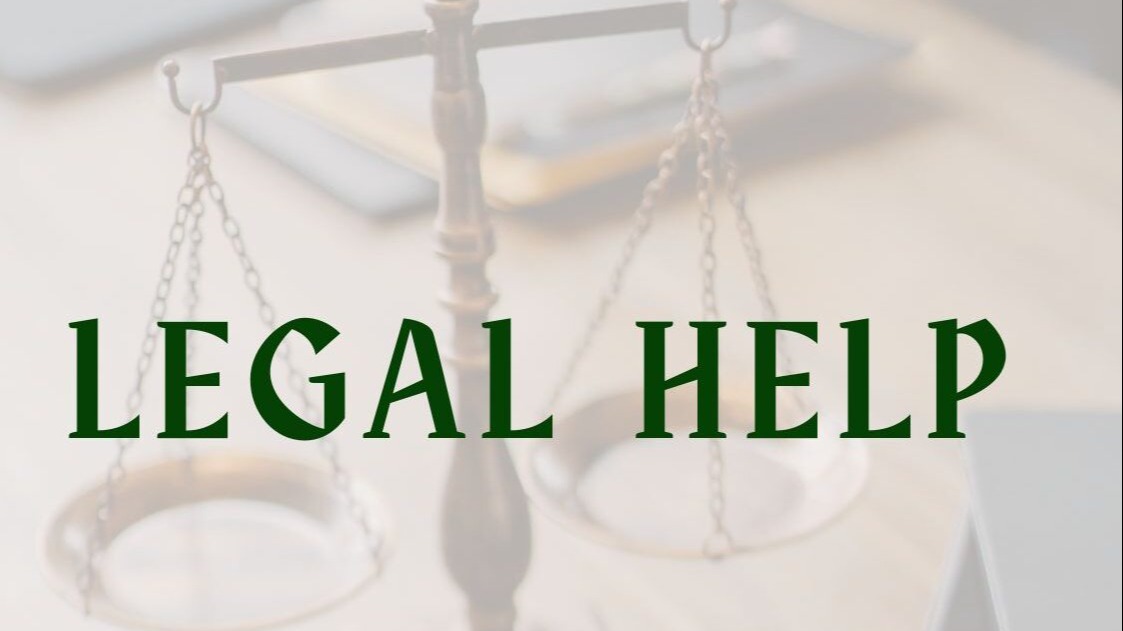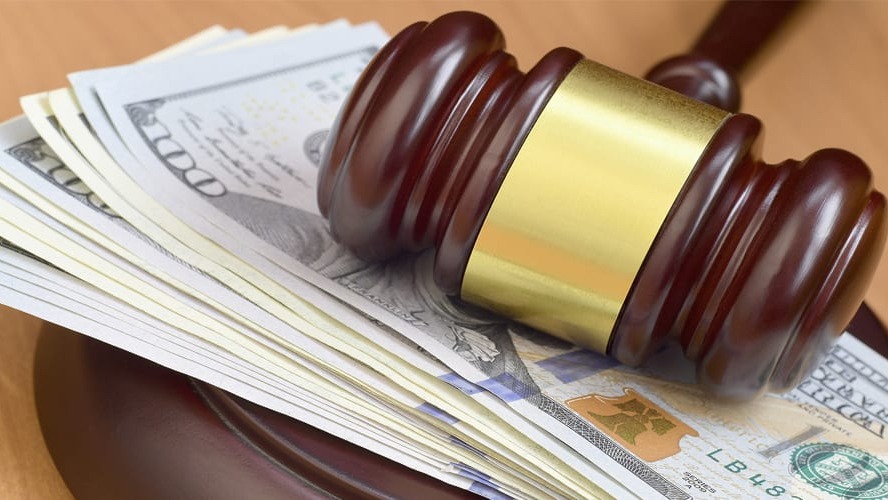Criminal vs. Civil Court: What You Need to Know
The legal system in North America has different types of courts depending on the nature of the case. Two main categories are criminal court and civil court. Knowing the differences helps you understand your rights, responsibilities, and legal processes.
What Is Criminal Court?
Criminal court handles cases where the government prosecutes someone for breaking the law. Its purpose is to protect society and punish wrongdoing.
Key points:
- Parties involved: The government (prosecutor) vs. the accused.
- Types of cases: Theft, assault, murder, DUI, drug offenses, fraud, and other crimes.
- Burden of proof: Beyond a reasonable doubt (very high standard).
- Potential outcomes: Fines, probation, community service, imprisonment, or, in rare cases, the death penalty.
Rights of the accused include:
- Right to an attorney (public defender if you cannot afford one)
- Right to remain silent
- Right to a fair and public trial
- Right to appeal a conviction
What Is Civil Court?
Civil court deals with disputes between private parties or organizations. The goal is to resolve conflicts or provide compensation, not to punish.
Key points:
- Parties involved: Individuals, businesses, or organizations. The government may be involved in some civil matters.
- Types of cases: Contract disputes, personal injury, property disputes, divorce, child custody, and employment issues.
- Burden of proof: Preponderance of the evidence (more likely than not).
- Potential outcomes: Monetary damages, injunctions, or specific performance (requiring a party to act).
Rights in civil court include:
- Right to be represented by an attorney
- Right to present evidence and witnesses
- Right to appeal the decision
Key Differences Between Criminal and Civil Court
Criminal court and civil court differ in purpose, parties, burden of proof, and outcomes:
- Purpose: Criminal court punishes wrongdoing and protects society; civil court resolves disputes and provides compensation.
- Parties involved: Criminal cases involve the government prosecuting a defendant; civil cases involve private parties.
- Burden of proof: Criminal cases require proof beyond a reasonable doubt; civil cases require proof by a preponderance of the evidence.
- Possible outcomes: Criminal cases may result in jail, fines, or probation; civil cases may result in monetary damages or court orders.
In short, criminal court enforces laws and protects society, while civil court resolves conflicts and compensates wronged parties.
How Cases Move Through the Courts
Criminal Court Process:
1. Investigation by law enforcement
2. Arrest and charges filed
3. Initial hearing or arraignment
4. Trial (jury or judge)
5. Verdict and sentencing
6. Possible appeal
Civil Court Process:
1. Filing a complaint
2. Serving the defendant
3. Pre-trial discovery (exchange of evidence)
4. Trial (jury or judge)
5. Judgment or settlement
6. Possible appeal
Where to Find Legal Help
- United States: LawHelp.org for civil matters, local public defenders for criminal cases.
- Canada: Provincial legal aid offices, community legal clinics, and criminal defense legal aid programs.
- LegalInfoHub: Search for nearby civil or criminal legal aid organizations.
Key Takeaway
- Criminal court deals with crimes and protects society, with severe consequences for violations.
- Civil court deals with private disputes, focusing on compensation or resolution rather than punishment.
Understanding these distinctions helps you know your rights, prepare for court, and seek the right legal assistance depending on the type of case.





